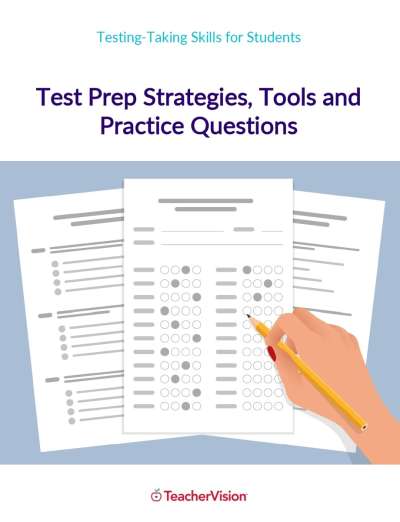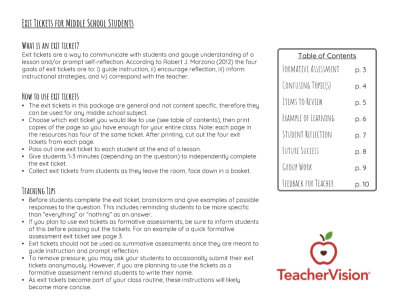Evaporation of a substance such as water occurs when the molecules in a liquid state absorb enough heat energy to vaporize into a gas. The heat energy, which causes the molecules to move, is called kinetic energy.
The water molecules remain the same during this change, except that they're moving much more quickly and their energy increases due to that movement.
If you remove the energy by cooling the gas, then the gas condenses back into a liquid. Take away even more of the heat energy, and the liquid will solidify. This is what causes water to turn to ice.
You've probably noticed that puddles you see in front of your house in the morning often are gone by the time you get back from school. What happens to them? The heat from the sun causes the water to evaporate-or turn to gas. It takes longer for water to evaporate in cool weather than hot weather, and the deeper the puddle, the longer it will take for all the water to disappear. Wind can also be a factor affecting evaporation.
If this sounds interesting to you, you can devise an experiment to test the different factors that affect the evaporation rate of water.
You'd simply put a little water into two shallow containers, such as pie pans. Don't use a lot of water, or it will take too long for it to evaporate. About 2 teaspoons (10 ml) will do. The water in both containers should be the same temperature.
Create variables, such as putting one pan directly in the sun, and the other in the shade. Or put one pan in front of a running fan, and the other in a still place. You'll need a watch or clock with a minute hand so you can time how long it takes the water in each circumstance to evaporate.
Try putting some water on the top of a plate to see if the surface area of the water makes a difference in the evaporation rate.
You'll gather a lot of quantitative information in this science project. Keeping all your information together in a journal would be helpful. Conducting three trials for every variable tested is always a good idea in order to achieve more accurate results.



